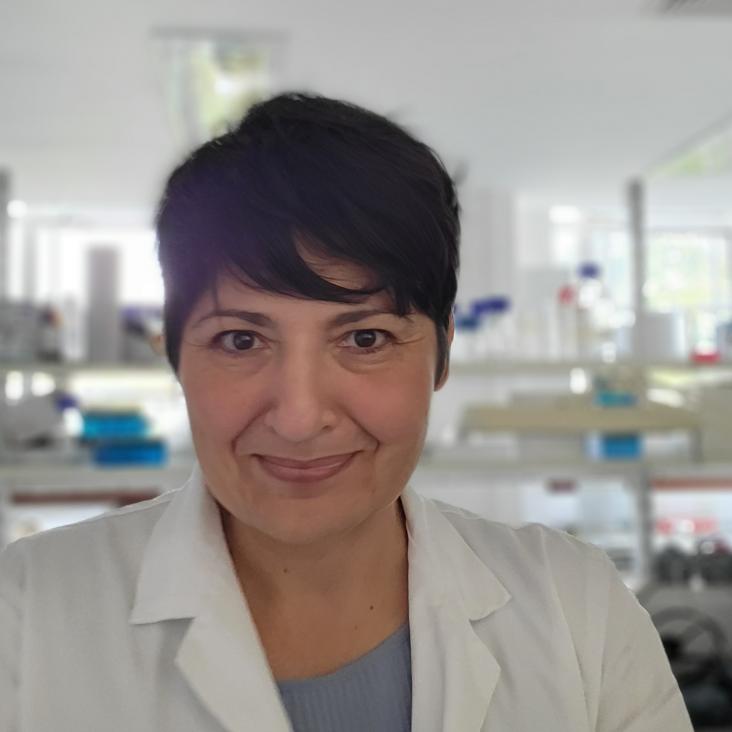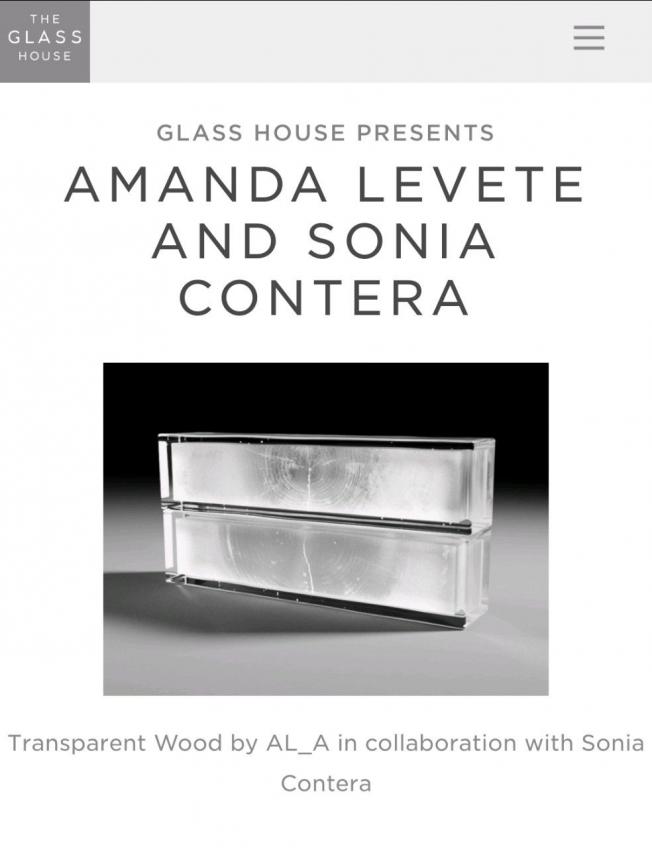Electrophysiological-mechanical coupling in the neuronal membrane and its role in ultrasound neuromodulation and general anaesthesia
Abstract:
The current understanding of the role of the cell membrane is in a state of flux. Recent experiments show that conventional models, considering only electrophysiological properties of a passive membrane, are incomplete. The neuronal membrane is an active structure with mechanical properties that modulate electrophysiology. Protein transport, lipid bilayer phase, membrane pressure and stiffness can all influence membrane capacitance and action potential propagation. A mounting body of evidence indicates that neuronal mechanics and electrophysiology are coupled, and together shape the membrane potential in tight coordination with other physical properties. In this review, we summarise recent updates concerning electrophysiological-mechanical coupling in neuronal function. In particular, we aim at making the link with two relevant yet often disconnected fields with strong clinical potential: the use of mechanical vibrations—ultrasound—to alter the electrophysiogical state of neurons, e.g., in neuromodulation, and the theories attempting to explain the action of general anaesthetics.A simple mathematical model of allometric exponential growth describes the early three-dimensional growth dynamics of secondary xylem in Arabidopsis roots
Atomic force microscopy-indentation demonstrates that alginate beads are mechanically stable under cell culture conditions
Abstract:
Alginate microbeads are extensively used in tissue engineering as microcarriers and cell encapsulation vessels. In this study, we used atomic force microscopy (AFM) based indentation using 20 µm colloidal probes to assess the local reduced elastic modulus (E * ) using a novel method to detect the contact point based on the principle of virtual work, to measure microbead mechanical stability under cell culture conditions for 2 weeks. The bead diameter and swelling were assessed in parallel. Alginate beads swelled up to 150% of their original diameter following addition of cell culture media. The diameter eventually stabilized from day 2 onwards. This behaviour was mirrored in E * where a significant decrease was observed at the start of the culture period before stabilization was observed at ~ 2.1 kPa. Furthermore, the mechanical properties of freeze dried alginate beads after re-swelling them in culture media were measured. These beads displayed vastly different structural and mechanical properties compared those that did not go through the freeze drying process, with around 125% swelling and a significantly higher E * at values over 3 kPa.NANO COMES TO LIFE: How Nanotechnology is Transforming Medicine and the Future of Biology
Abstract:
Nano Comes to Life opens a window onto the nanoscale-the infinitesimal realm of proteins and DNA where physics and cellular and molecular biology meet-and introduces readers to the rapidly evolving nanotechnologies that are allowing us to manipulate the very building blocks of life. Sonia Contera gives an insider’s perspective on this new frontier, revealing how nanotechnology enables a new kind of multidisciplinary science that is poised to give us control over our own biology, our health, and our lives. Drawing on her perspective as one of today’s leading researchers in the field, Contera describes the exciting ways in which nanotechnology makes it possible to understand, interact with, and manipulate biology-such as by designing and building artificial structures and even machines at the nanoscale using DNA, proteins, and other biological molecules as materials. In turn, nanotechnology is revolutionizing medicine in ways that will have profound effects on our health and longevity, from nanoscale machines that can target individual cancer cells and deliver drugs more effectively, to nanoantibiotics that can fight resistant bacteria, to the engineering of tissues and organs for research, drug discovery, and transplantation. The future will bring about the continued fusion of nanotechnology with biology, physics, medicine, and cutting-edge fields like robotics and artificial intelligence, ushering us into a new “transmaterial era.” As we contemplate the power, advantages, and risks of accessing and manipulating our own biology, Contera offers insight and hope that we may all share in the benefits of this revolutionary research.Multifrequency AFM reveals lipid membrane mechanical properties and the effect of cholesterol in modulating viscoelasticity
Abstract:
The physical properties of lipid bilayers comprising the cell membrane occupy the current spotlight of membrane biology. Their traditional representation as a passive 2D fluid has gradually been abandoned in favor of a more complex picture: an anisotropic time-dependent viscoelastic biphasic material, capable of transmitting or attenuating mechanical forces that regulate biological processes. In establishing new models, quantitative experiments are necessary when attempting to develop suitable techniques for dynamic measurements. Here, we map both the elastic and viscous properties of the model system 1,2-dipalmitoyl-sn-glycero-3-phosphocholine (DPPC) lipid bilayers using multifrequency atomic force microscopy (AFM), namely amplitude modulation–frequency modulation (AM–FM) AFM imaging in an aqueous environment. Furthermore, we investigate the effect of cholesterol (Chol) on the DPPC bilayer in concentrations from 0 to 60%. The AM–AFM quantitative maps demonstrate that at low Chol concentrations, the lipid bilayer displays a distinct phase separation and is elastic, whereas at higher Chol concentration, the bilayer appears homogenous and exhibits both elastic and viscous properties. At low-Chol contents, the Estorage modulus (elastic) dominates. As the Chol insertions increases, higher energy is dissipated; and although the bilayer stiffens (increase in Estorage), the viscous component dominates (Eloss). Our results provide evidence that the lipid bilayer exhibits both elastic and viscous properties that are modulated by the presence of Chol, which may affect the propagation (elastic) or attenuation (viscous) of mechanical signals across the cell membrane.



